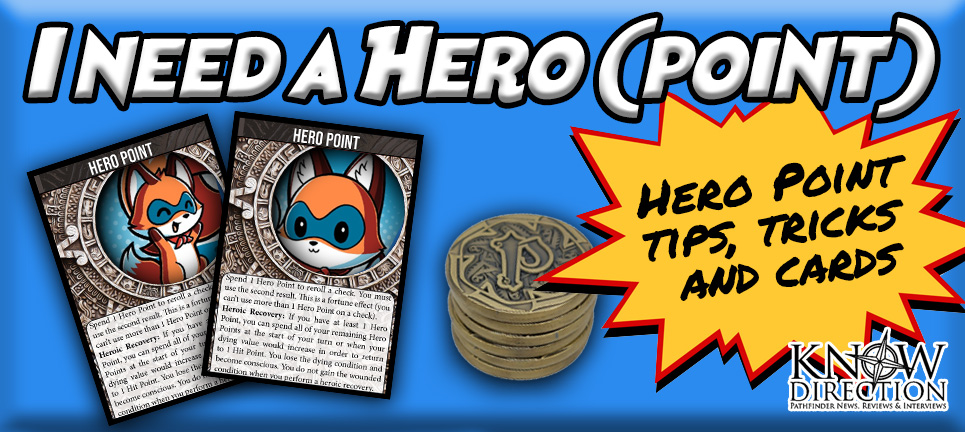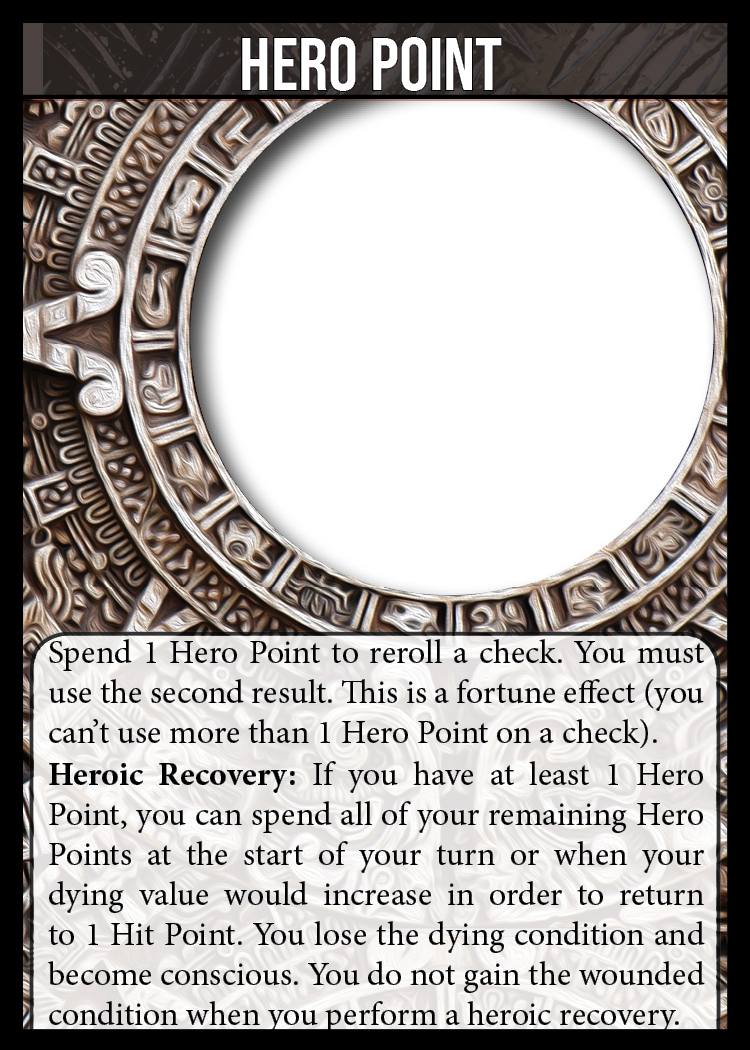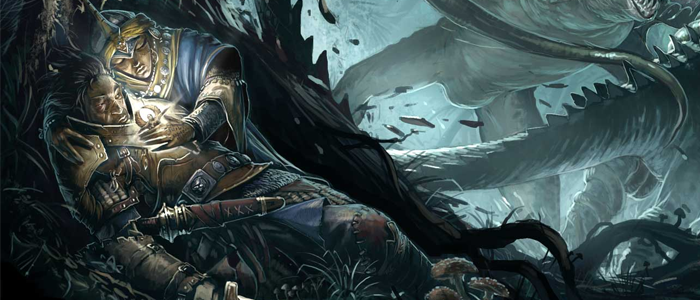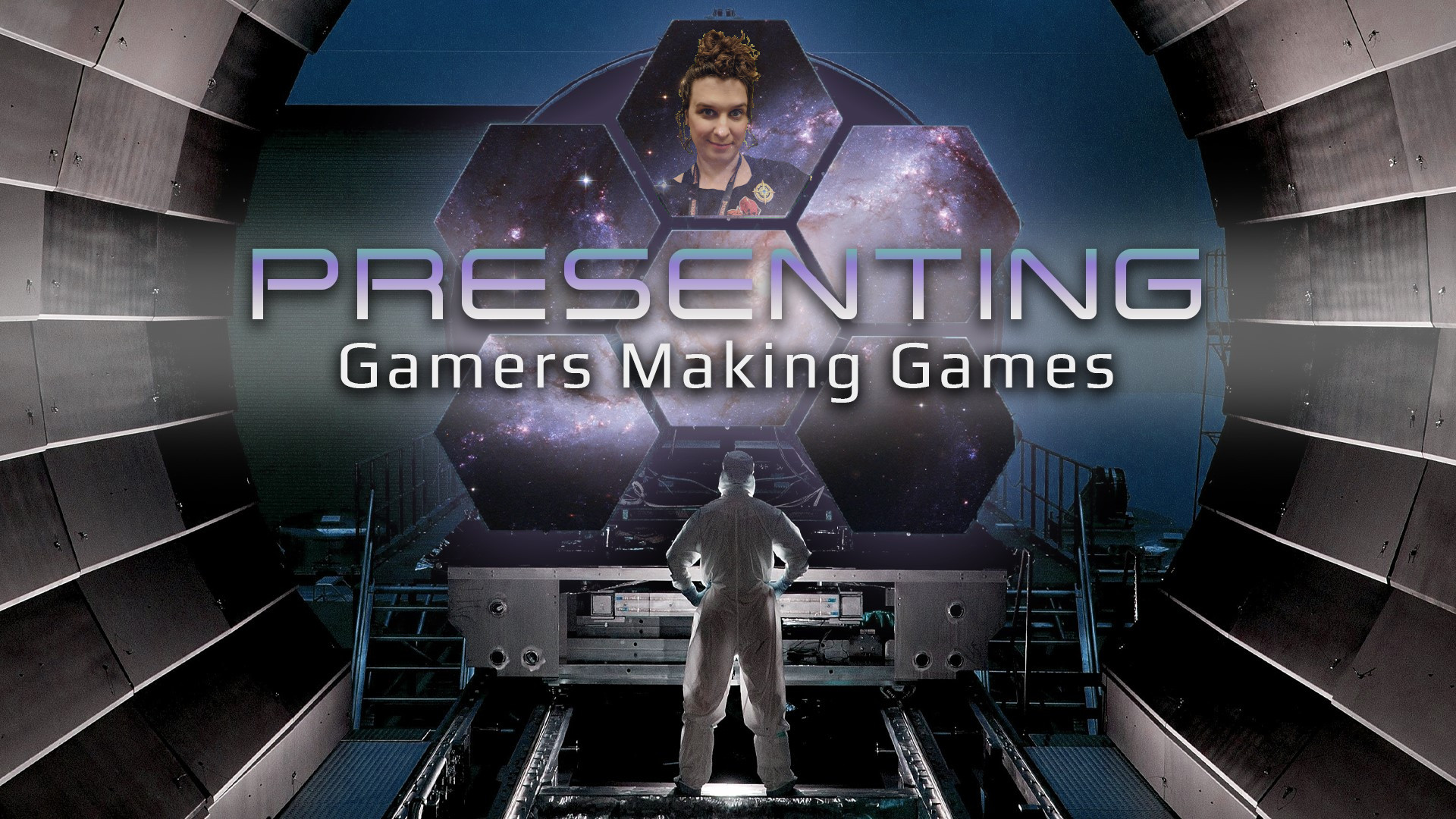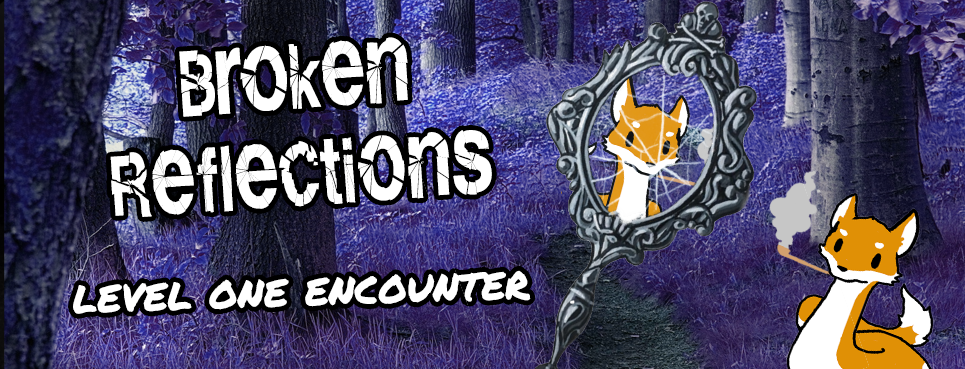Anyone who has followed my articles here since the guest blog takeover might remember my use of the heroic trait. I’ve since used it once more describing my Glimpse of Power variant rules, where PCs can spend hero points to access abilities they don’t yet have. But I’ve never actually done an article on hero points. So after months of breaking in PF2, let’s take a look at one of the edition’s additions and why they are so important.
What is a Hero Point?
A hero point is a tactical meta-reward that allows your character to reroll a failed check or avoid death. Pathfinder Society players are probably most familiar with the idea of a single once-per-session reroll (also commonly called a “t-shirt reroll” or “folio reroll”). On paper, they help ensure players won’t be completely removed from the game just because of a moment of carelessness. It gives a cushion to inexperienced players while allowing experienced players the leeway they need to go ahead and try something stupid knowing they have an “out”. They help distinguish player characters from mere NPCs: A sort of narrative currency that helps reflect your character’s importance in the setting’s narrative. Back in 1st edition, it was easy to argue that they weren’t for every game. But with how tight the math is in Second Edition, and how deadly monsters can be (especially at CR+2 and higher), hero points become something of a necessity to make up for the challenging tactical acumen sometimes required to get over the otherwise career-ending specter of plain old bad luck.
And don’t get me wrong: Some campaigns have stories where players are more disposable than others. And that’s why the Hero Point system has a lot of wiggle room. Specifically in…
How do you Award Hero Points?
The Core Rulebook suggests awarding about 1 Hero Point each hour of play. But it also notes that a game against more incredible odds and where players are showing immense bravery could award up to 1 Hero Point every 30 minutes. It really depends on your group and requires some level of adjunction given that players who speed through encounters are often less likely to give the breathing space most GMs need to remember to award the points in the first place, and yet are exactly the sort of campaigns that need more Hero Points per hour of play (as more dice are being rolled). You should also note that the rules assume there are only four players at the table, so giving our three points in a 4-hour session means everyone has an opportunity to get one…which doesn’t work out if you have a table of 6 players. It can take some time for a GM to figure out how often they should give out Hero Points, so I have some suggestions:
1.) Award Players Having Fun: Originally I was going to write “award roleplay and staying in character”, but that’s not why all players (or even all groups) play Pathfinder. Even awarding “creative solutions that save the day” is a good guideline, but other groups will appreciate a character attempting something ridiculous that utterly fails (assuming it didn’t cause any friction between players or characters in the party.) The truth is, how you award a hero point depends entirely on what your group most thoroughly enjoys, which is why I highly recommend…
2.) Running A Test Dungeon: Running a pre-made dungeon can give you time to watch your players interact, and figure out why each player plays Pathfinder. This should be something you ask during Session Zero, but players don’t always have an answer. As I mentioned in an earlier blog entry, there are several great Pathfinder Society scenarios in your home game as “generic adventures” to bridge the party’s travels, or even assemble them in the first place. And doing so can help you pace how many encounters the party gets through, which Pathfinder Society Scenarios will assume you have access to 3 hero points per session (excluding those gained through GM credits). Which brings me to…
3.) Bonus Hero Points: If you’ve ever run a convention full of Venture-Captains, you’ll notice pretty early on experienced Society players starts the game with not one, but two hero points! That’s because experienced GMs get bonus hero points they can keep or hand out to other players at the start of the game. Certain conventions can also hand out Hero Points for awards like bringing canned food or donating blood. And, if the table agrees, there’s nothing wrong with giving a Hero Points to the player who brought the pizza, or the player celebrating their birthday. The second Hero Point doesn’t confer as much power as you think, and will oftentimes lead a player to spend their Hero Points more frivolously than usual. Plus, giving players a hero point they must give to another player will show you pretty early on that…
4.) Player Assigned Hero Points: You are tracking 16 different kobolds initiatives. Two of them are confused. Three have fear. Did you remember to roll that flat-check against persistent damage? Oh, man, the fighter just said a cool speech before that power attack. But didn’t you give them a hero point already in this game? If this sounds familiar, you might want to consider just tasking your players with dolling out those hero points. Give each player a hero point to award one another with every 2 hours, or keep a jackpot at the center of the table they can use to acknowledge one another. Players naturally have fewer characters to manage, so they are more likely to be engaged with one another and notice subtler acts of heroism deserving of an award. It also actively encourages your players to pay more attention to each others heroics!
But I Just Keep Forgetting About Them!
Yeah. I know. I tend to forget too. There are some helpful reminders I can give you, though:
1.) Playing Online: Roll20 has a “card” system you can use to award hero points in a way that is much easier to remember. It only takes a minute to set up, and Chris Manning has a great 90 second Youtube tutorial! Or you can just add a purple dot to each character’s token.
2.) Playing With Paper: The Pathfinder Second Edtion Hero Points Tokens from Campaign Coins are nifty, but I find that cards more useful. Paizo has a Hero Point Deck coming out February 2021. But if you have a playgroup in your safety bubble and want to try something earlier, I have a template you can use below. The bubble in the center is transparent so you can open them in most photo-editing software to easily add your character portraits or favorite spicy memes to the center! Heck, share your favorites on social media.
3.) Let Players Hand Them Out: I’m repeating my point from above and pointing out that using cards with character’s portraits on them lets players easily track which cards belong to them (i.e. if it is their characters, it’s their card to hand out, not their card to use).

